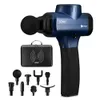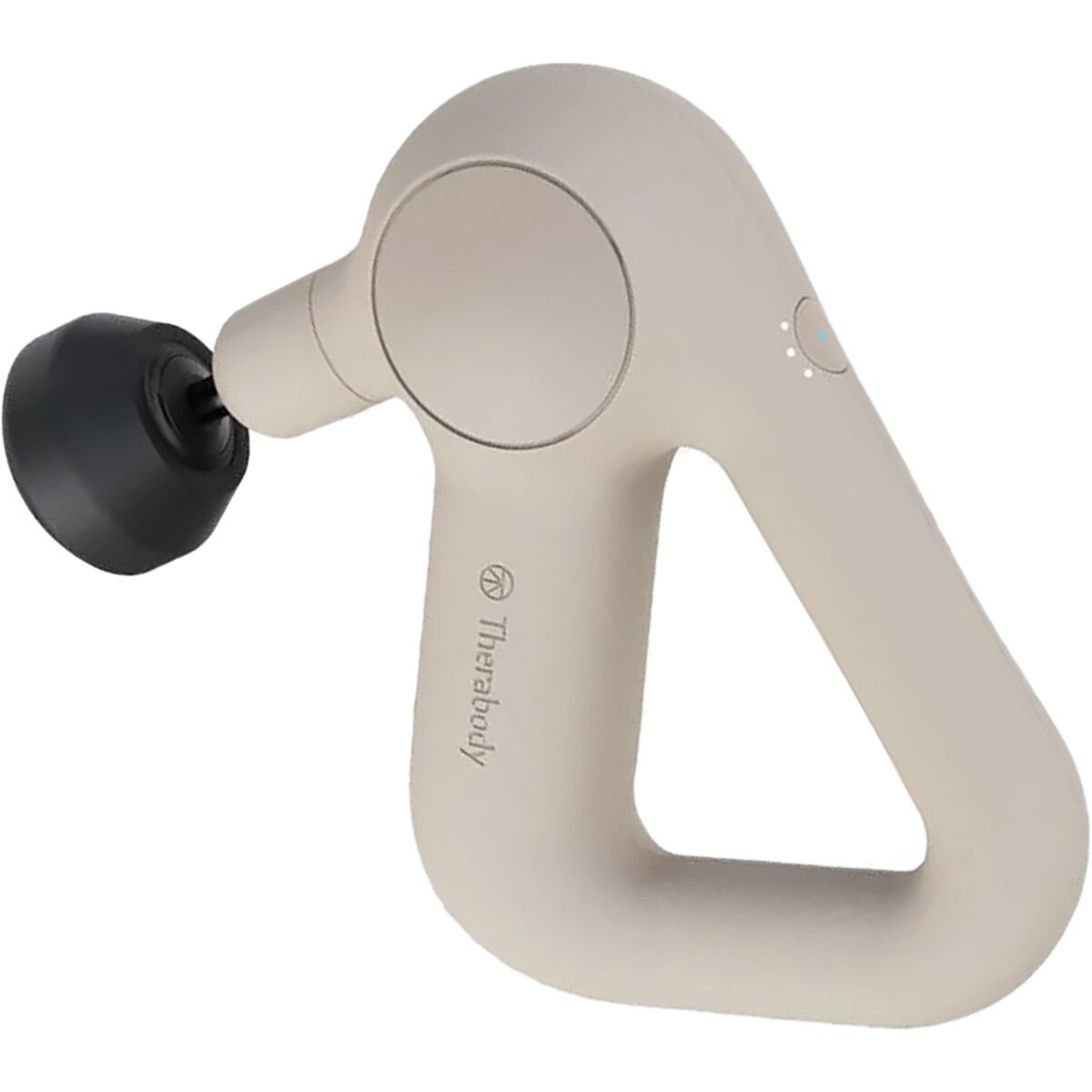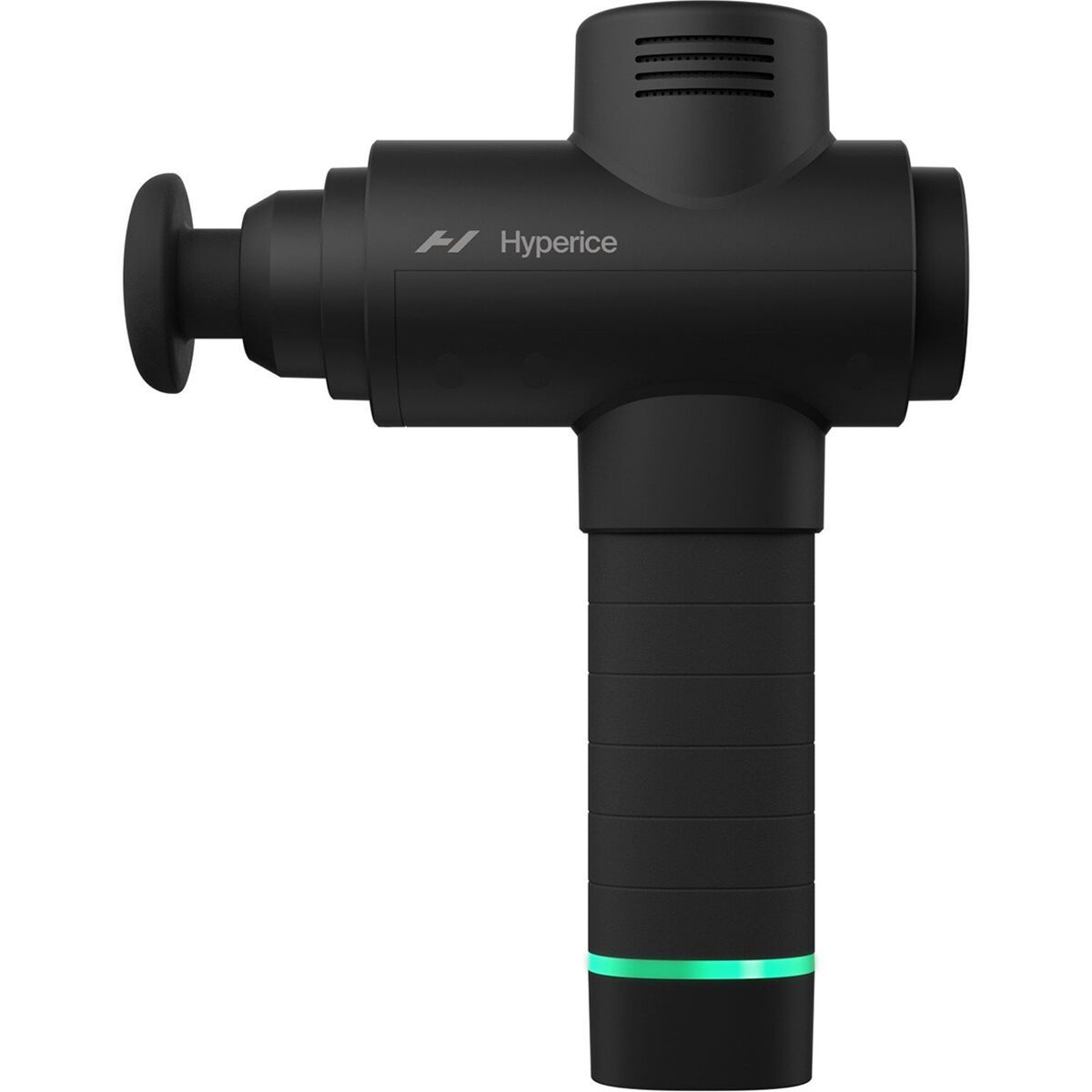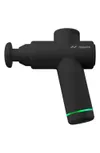Forget sciatica — this 2:1:2 method can relieve back pain in just 10 minutes, according to a physiotherapist
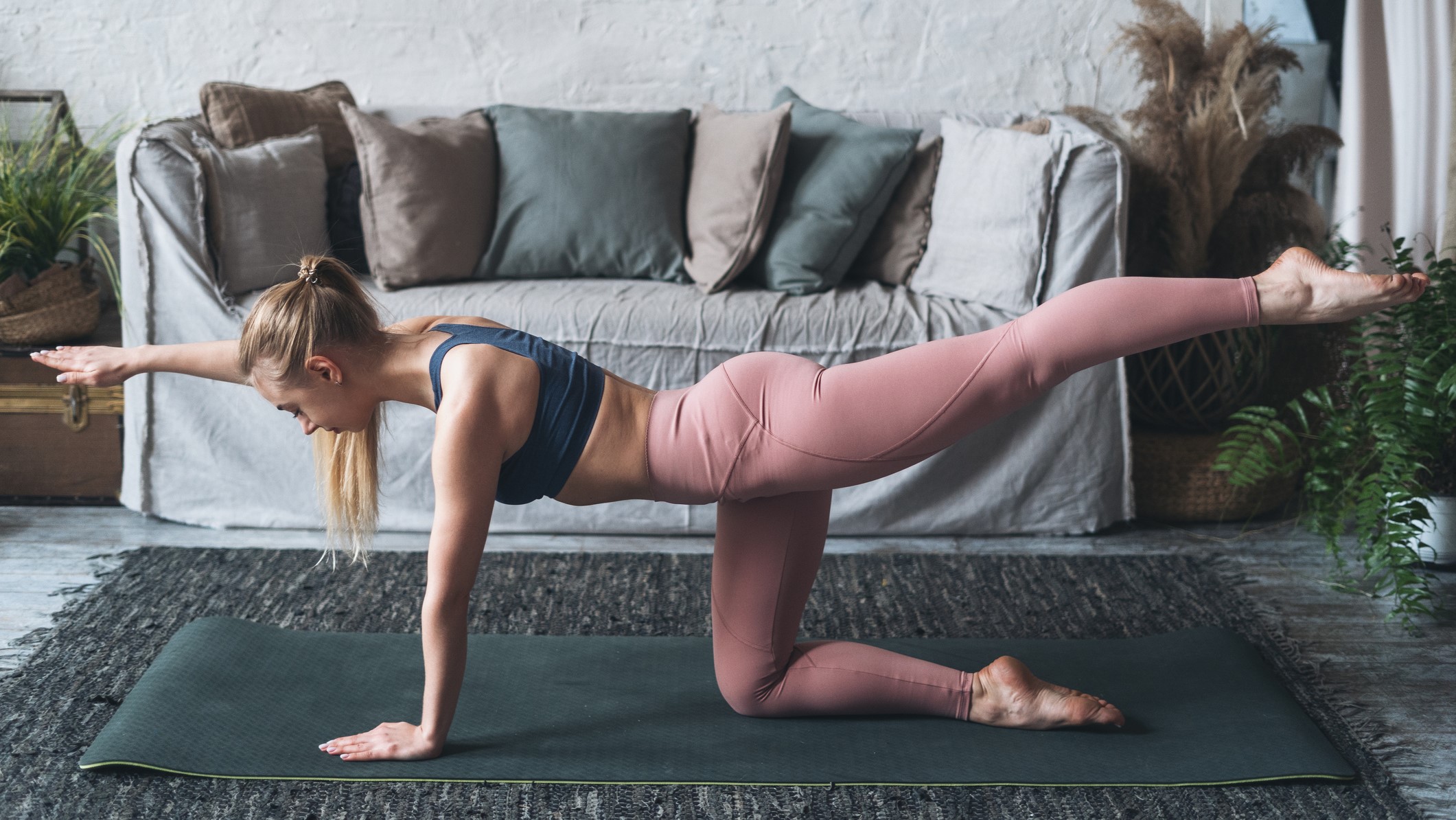
If you suffer from sciatica, why not try the 2:1:2 method explained by advanced physiotherapist Shrey Vazir? It takes 10 minutes and could help relieve pain and make you more comfortable.
The method includes two “easy” stretching methods — remember, your version of easy might be different from someone else’s — a recovery position and then two strengthening exercises.
But before we get stuck into the 10-minute routine, Vazir doesn’t recommend replacing your treatment plan or ignoring advice you’ve received from a qualified medical professional. He also advises speaking with your physician before starting any new exercise regimen, including the 2:1:2 method.
Read on for the full routine and the potential benefits.
What is sciatica?

Your sciatic nerve is the longest in your body, originating in the lower back and running down your butt and legs to your feet. People with back pain are more susceptible to developing it at some point in their lives, and your risk also increases as you age, or are obese, a smoker, or sedentary.
Sciatica flare-ups tend to feel like tingling, numbness, or pain in the back and/or legs caused by damage or irritation to the nerve. Vazir mentions in his video that herniated or bulging discs are a very common cause.
For some people, the pain can feel debilitating when standing, walking, or exercising; this is considered chronic, whereas acute sciatica can often be handled with a comprehensive treatment plan, including sciatica exercises.
Get instant access to breaking news, the hottest reviews, great deals and helpful tips.
Vazir recommends getting to the root cause of pain — your lower back. He also cites a study explaining “centralization,” which involves repetitive movements of the spine in certain directions alongside strengthening for pain relief.
Over time, Vazir says you’re aiming for the pain to move up and up the leg until it’s centralized in the lower back.
You can find demonstrations for each move in the video, which will allow you to follow along completely free and in your own time. But here’s a quick overview of what you can expect.
Standing back extensions (wall cobra) 3-5 x30s
For this exercise, you need a wall. Stand close, facing it, with your toes an inch or two away from the wall. Place your hands on your hips or lower back.
First, you’ll push your hips against the wall, then you’ll arch your upper back and chest away from the wall until you find a gentle stretch without sharp pain. Each round, create a deeper stretch. To progress, step further away from the wall.
Piriformis stretch (seated glute stretch) 3x 30s
Next, you need a chair, sofa, or bench — somewhere you can sit. You can perform this stretch on both sides of the body, but if you find the pain is localized to one side, that’s the leg you’re going to lift.
From a seated position, lift your leg and place the ankle across the knee of your supporting leg. Next, cup the knee of your stretching leg and gently pull it toward your opposite shoulder. For a deeper stretch, begin leaning forward as you hold the stretch.
Zed position 5-10 minutes
This is a move that relaxes rather than stretches the sciatic nerve. Simply lie on your back and raise your legs onto a chair or similar, positioning your legs so that they create a Z-shape (toes up, heels down, knees bent and hips supported on the ground.
Relax your back and take slow, deep breaths to help release and relax your muscles.
Glute bridge 2x10 reps
Lying on your back with feet hip-width apart, you’re ready to perform a glute bridge. You’ll tighten the muscles of your core, then press your hips toward the ceiling and squeeze your glutes. There may be some pressure in your lower back, which is common and should get easier over time.
You can also do single-leg glute bridges to progress the move, performing 10 reps per leg.
Bird dog x10 reps
Finally, there are a few variations of bird dog you can try to help ease sciatica. In the tabletop position, you’ll lift one arm at a time and move for 10 reps (5 per side). Version two involves lifting one leg at a time to strengthen the glutes and lower back for 10 reps.
Version three is the most challenging and the full expression of bird dog, which strengthens your core as well. You’ll lift your arm and the opposite leg, pause for 2 or 3 seconds, then switch, aiming for 10 reps total.
More from Tom's Guide
- Over 60? Forget walking and swimming — this simple exercise builds strength and balance
- This 30-minute ‘Japanese walking’ workout strengthens your entire body and boosts your metabolism
- I tried this '5-2-4 fartlek' walking workout for a week — and it’s a game-changer

Sam Hopes is a level 3 qualified trainer, a level 2 Reiki practitioner and fitness editor at Tom's Guide. She is also currently undertaking her Yoga For Athletes training course.
Sam has written for various fitness brands and websites over the years and has experience across brands at Future, such as Live Science, Fit&Well, Coach, and T3.
Having coached at fitness studios like F45 and Virgin Active and personal trained, Sam now primarily teaches outdoor bootcamps, bodyweight, calisthenics and kettlebells.
She also coaches mobility and flexibility classes several times a week and believes that true strength comes from a holistic approach to training your body.
Sam has completed two mixed doubles Hyrox competitions in London and the Netherlands and finished her first doubles attempt in 1:11.
You must confirm your public display name before commenting
Please logout and then login again, you will then be prompted to enter your display name.


